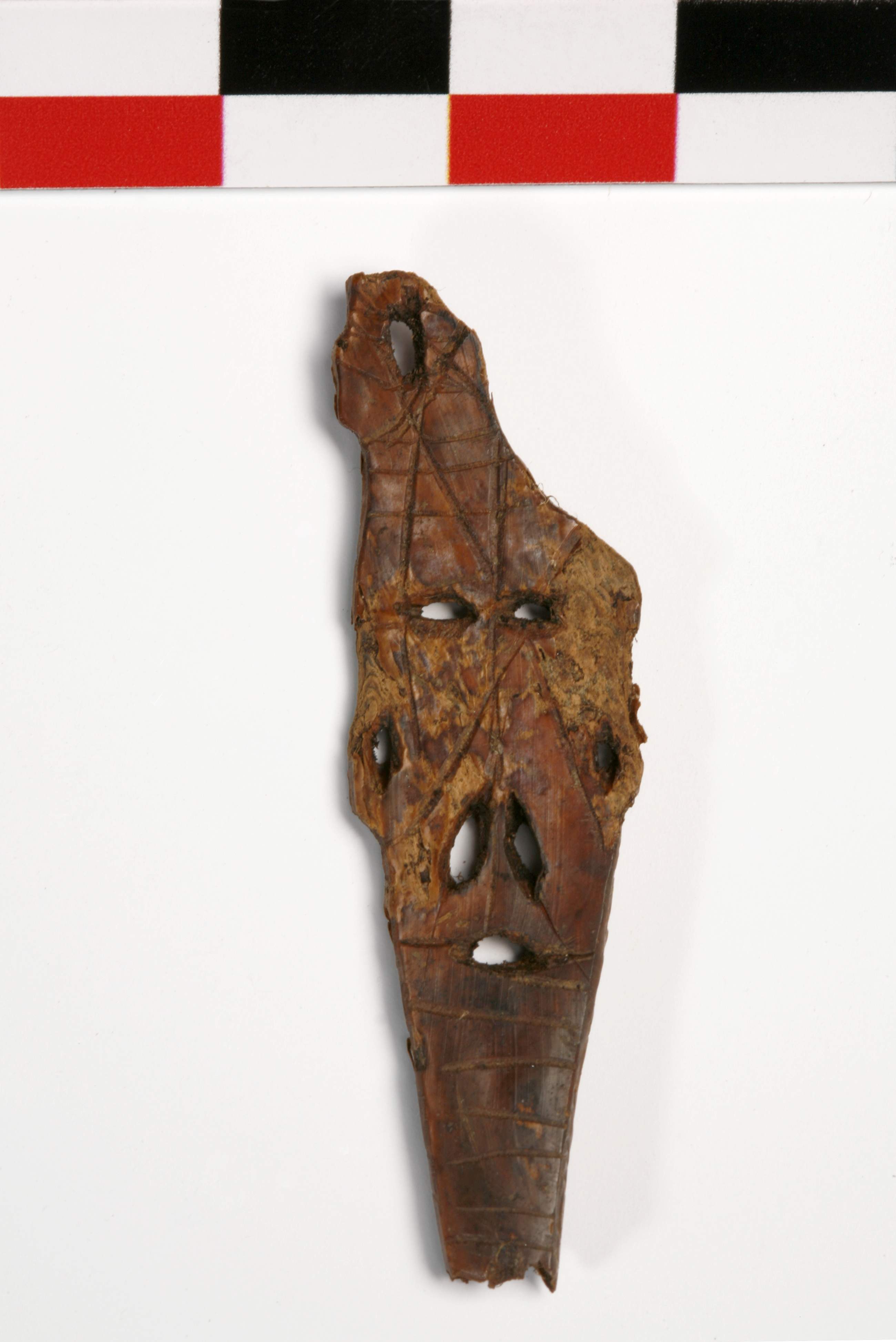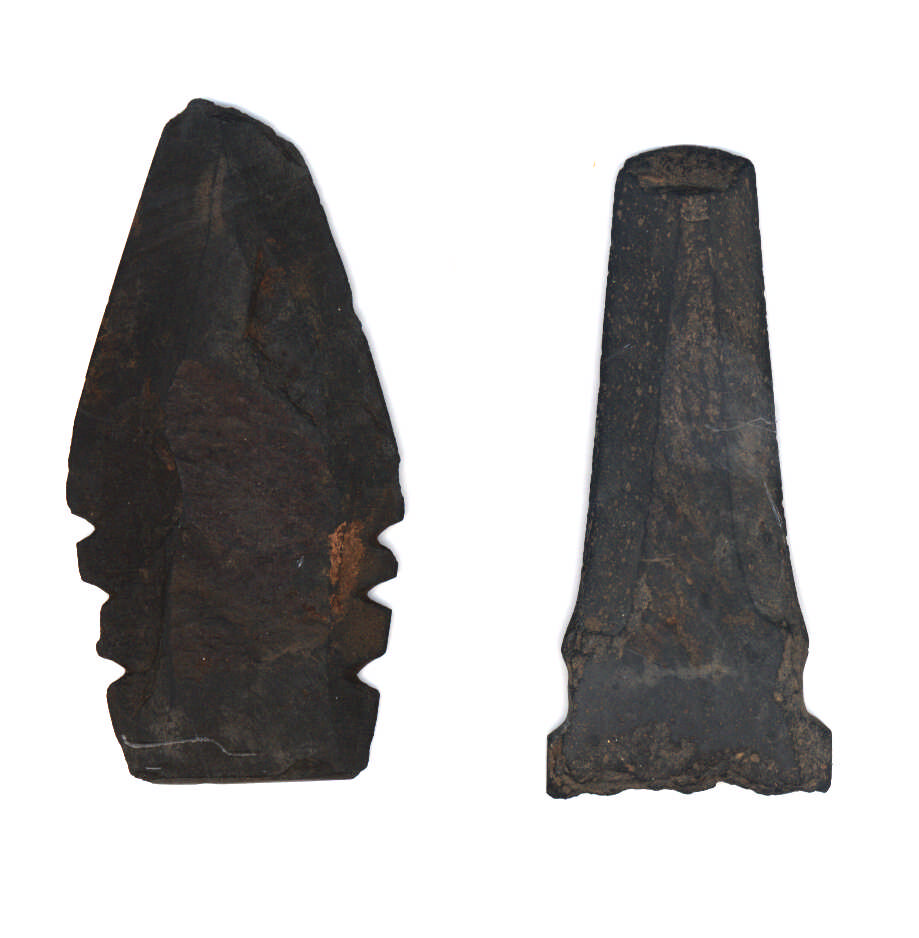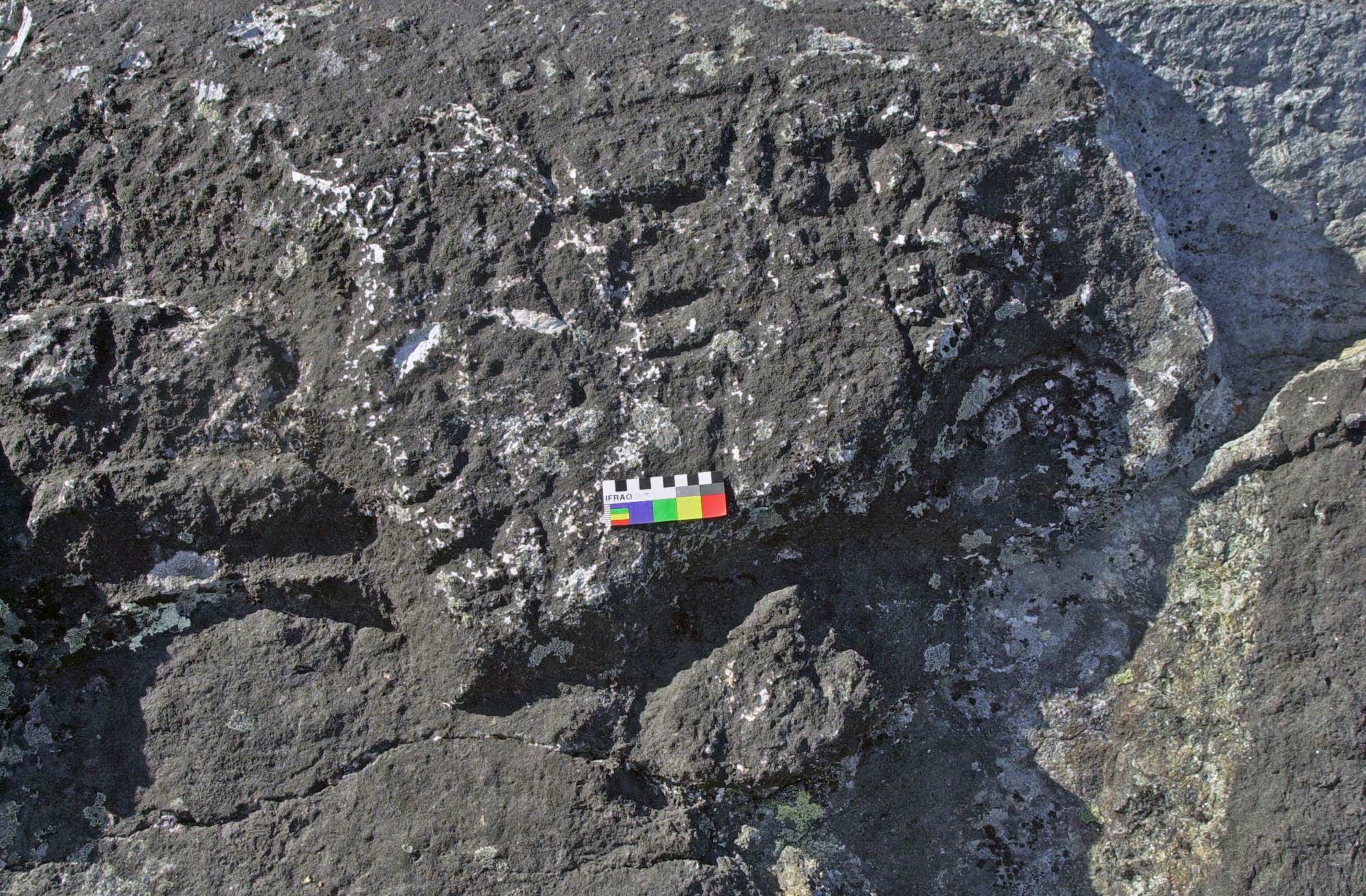Dorset culture is a prehistoric culture known from archaeological sites in and near the Arctic regions of Nunavut , Nunavik (northern Quebec), Labrador , and Newfoundland. The Dorset culture appeared in the region beginning about 2,500 years ago. The culture developed among pre-Dorset people who first migrated to the region about 4,000 years ago. The name Dorset refers to Cape Dorset in Nunavut, where evidence of this culture was first identified.

The Dorset people were well adapted to life in the harsh Arctic climate. Their culture is characterized by microlith tools—tools made with tiny blades or chips of stone—and by the use of diverse raw materials. The tools included slate blades, scrapers, adzes, microblades, and different types of points. The Dorset culture used pointed, burinlike cutting tools for working wood, bone, antler, and ivory. Implements made from these materials include harpoons ; projectile points; snow knives, used to carve packed snow for shelters; sled runners; and crampons for walking on ice. The Dorset are also known for human and animal figurines carved from ivory, bone, wood, and soapstone .

Dorset people hunted seal, walrus, beluga, and narwhal. However, they did not have the technology to hunt larger whales. They also fished and hunted caribou, small mammals, and birds. In summer, they gathered wild plant foods.
Dorset people constructed small tents for summer shelter. They built their partially buried winter homes with stone, wood, or bones. The Dorset may have been the first people to use snowhouses, called igloos , in winter camps. They built rectangular longhouses for family gatherings that happened at certain times of the year. Most longhouses known were constructed during the last stage of the Dorset era.
Beginning about 1,200 years ago, the Thule, ancestors of modern Inuit , migrated into the region, and the Dorset culture disappeared. Some scientists believe that the new arrivals displaced or killed off the Dorset people. Other scholars think that climate change, especially a warming of the eastern Arctic, harmed the Dorset way of life. The Dorset died out by about 1,000 years ago in the southern Arctic regions and possibly later in the high Arctic, including northern Baffin and Ellesmere islands and the northernmost part of Greenland. The last remains of the Dorset culture are known from Greenland , from Dorset people that abandoned regions they previously occupied.
Inuit legends describe a people they call Tuniit, who are said to have preceded the Inuit’s arrival in the Arctic. Many scholars think this oral history probably refers to encounters between the Thule and Dorset people in Nunavik over 700 years ago. However, Tuniit means earlier inhabitants in the Inuit language and does not necessarily refer to the Dorset people. In most areas of the eastern Arctic, Dorset and Inuit or Thule people never actually met.

